The South American navies currently possess 24 diesel-electric submarines, most of which are German Type 209 submarines purchased new or used in the 1970s and 1980s. This requires the South American navies to soon "renew" their submarine fleets in the future.
According to mega-defense.fr, in the mid-2000s, the Chilean Navy was the first customer to order two French Scorpène submarines. Following that, the Brazilian Navy signed a contract to buy four Scorpène submarines, the first of which will enter service in December 2022.
However, the South American navies still have 16 Type 209 submarines that are nearing retirement age and will need to be replaced in the coming years. This is a type of submarine with four 6,100-horsepower diesel engines researched and designed by Howaldtswerke-Deutsche Werft (HDW, Germany) for export purposes.
The replacement of the Type 209 submarines has become urgent for the Argentine Navy as the two Type 209 submarines, Salta and Santa Cruz, which entered service in 1973 and 1984, respectively, have become obsolete. The situation is not any better for the Colombian Navy as the two Type 209 submarines, ARC Pijao and ARC Tayrona, have been in service for nearly 50 years and are quite old. In addition, in 2011, the Colombian Navy also bought from Germany two Type 206 submarines, ARC Intrépido and ARC Indomable, which the European country used in 1974-1975. Ecuador also owns two diesel-electric submarines with a lifespan of 45-46 years...
Currently, the South American navies are studying the possibility of replacing 12 Type 209 submarines and 2 Type 206 submarines. The need to renew the submarine fleet in South America in the early stages is creating a race among the world's leading shipbuilders. Currently, there are 8 corporations ready to provide the South American navy with 11 submarine models, of which 4 European shipbuilders provide 6 models. Specifically, Germany introduced the Type 212 and 214 submarines of the TKMS Group; Spain introduced the S-80 submarine of the Navantia Group; France introduced the Scorpène and Shortfin Barracuda submarines of the Naval Group and Sweden introduced the A26 Blekinge submarine of the Kockums Group.
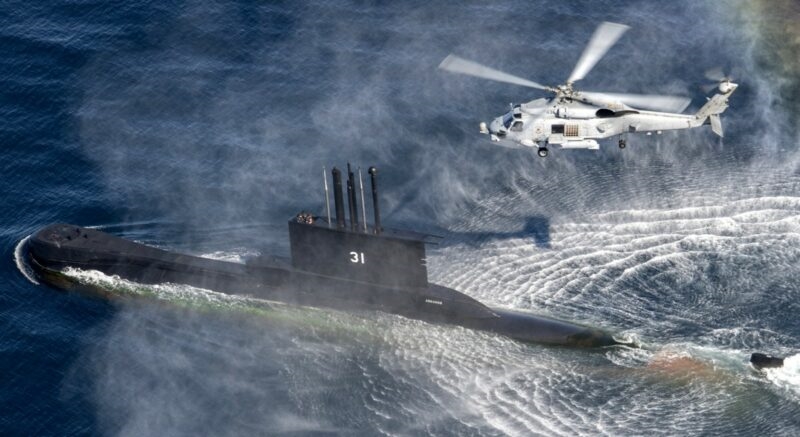 |
| The Peruvian Navy operates six conventional submarines, including four Type 209s and two Type 206s. Photo : meta-defense.fr |
South Korea is certain to offer the Dosan Ahn Changho ballistic missile attack submarine, while Japan will offer the Taïgei, the first to be equipped with lithium-ion batteries. China is ready to offer the Type 039 class submarine with high economic efficiency, while Russia can offer the improved Kilo 636.3 submarine and the fourth-generation diesel-electric submarine (also known as Lada).
Of the eight suppliers, French and German shipbuilding groups have the advantage. The German Type 209 submarines have proven their efficiency and longevity over nearly 50 years of service in the South American Navy. Sailors and maintenance personnel are already familiar with the way of working with their German counterparts, which makes the transition to the new generation easier.
For its part, the French Naval Group could build on the excellent performance of the Scorpène to offer the submarine for sale with a commitment to transfer the design technology of the first nuclear attack submarine to South America.
Meanwhile, the S-80 train is expensive and has not yet proven effective, but Spain can rely on cultural proximity to access the South American market - where everyone speaks Spanish.
China is also a potential supplier, as it has close trade and investment ties with the South American region. Since 2005, China has provided $130 billion in loans to Argentina, Brazil, Ecuador and Venezuela, and invested more than $160 billion in Latin America over the 20 years from 2000 to 2020.
Analysts say the urgent need to replace submarines in South American navies is creating a fierce battle between shipbuilding corporations to win lucrative contracts from this potential market.
PHUONG VU
* Please visit the International section to see related news and articles.
Source


![[Photo] Lam Dong: Images of damage after a suspected lake burst in Tuy Phong](https://vphoto.vietnam.vn/thumb/1200x675/vietnam/resource/IMAGE/2025/11/02/1762078736805_8e7f5424f473782d2162-5118-jpg.webp)

![[Photo] President Luong Cuong receives US Secretary of War Pete Hegseth](https://vphoto.vietnam.vn/thumb/1200x675/vietnam/resource/IMAGE/2025/11/02/1762089839868_ndo_br_1-jpg.webp)



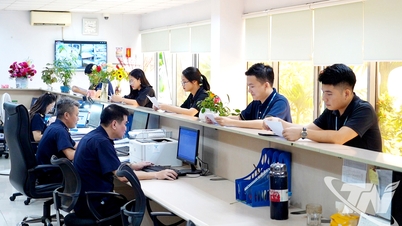








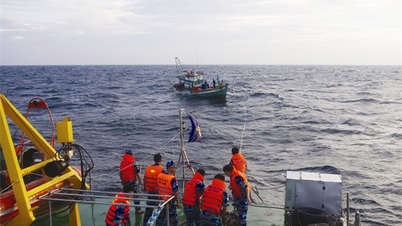





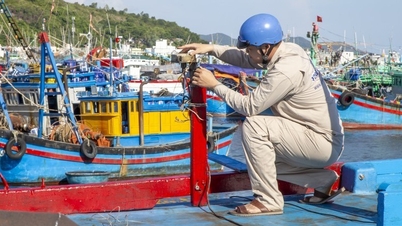
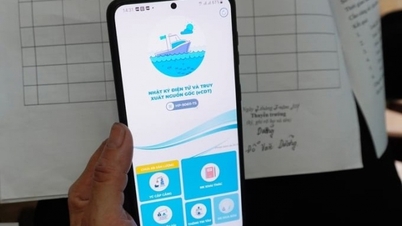








































































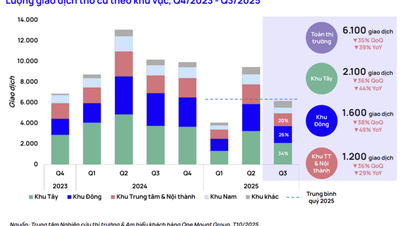

















Comment (0)